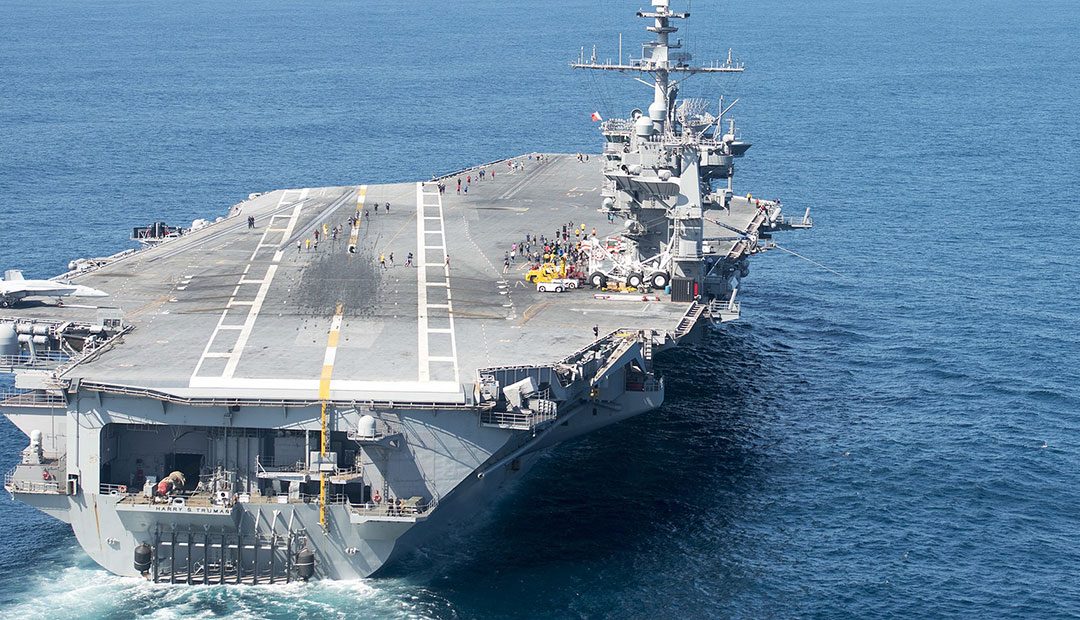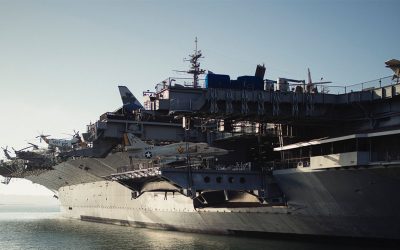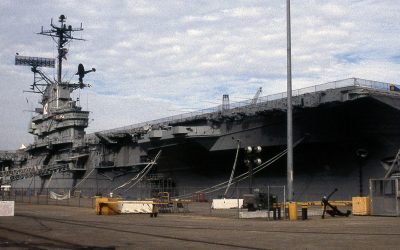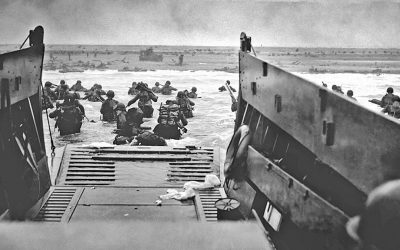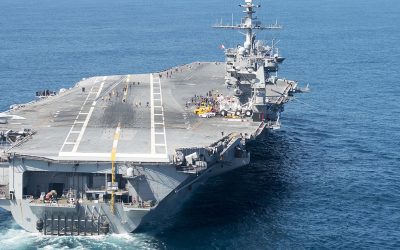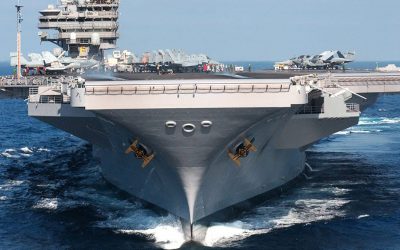The USS Essex CV-9 was a aircraft carrier battleship that was introduced during the second world war by the United States. Throughout the 40s, up to the 70s, this warship was used for a number of missions on various American battle fronts for which it received a score of medals of honor. The CV-9 is most famous for its role during the World War 2 where it became one of the primary sources of firepower which turned the tide of war in favor of the allied forces.
The first time that the USS Essex CV-9 sailed in the Pacific waters was during the attacks on Marcus Island in 1943. She was a part of the Task Force 16 on this mission and upon its success she was redeployed the same year to lay down the attacks on Wake Island, where she played the role of the flagship of the task force which carried out the mission. In the same year she was also a part of offensive missions at Rabaul, Gilbert Islands, Kwajalein, and in early 1944 she was part of an amphibious attack on the Marshall Islands.
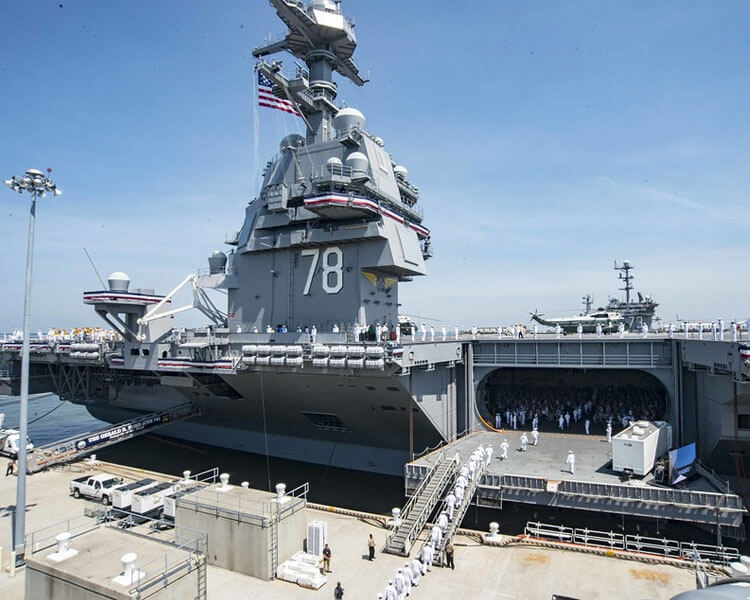
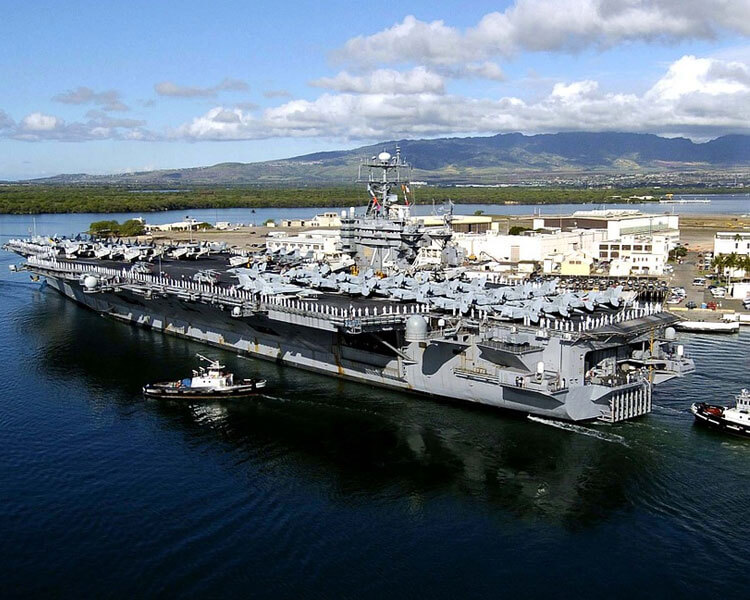
In early 1944 the USS Essex CV-9 served as the primary offensive to the Japanese forces who had laid waste to the American Pearl Harbor the year before. In 1944 she would become the stable carrier of the Air Group 15, one of the fiercest air force troops in all of the United States, and David Campbell, the U.S. Navy’s leading captain was chosen to be its commander. Under his leadership the USS Essex CV-9 took part in various high-risk offensive missions such as the occupation of Mindoro, operation Typhoon Cobra, the Lingayen Gulf operations, etc.
After the end of the second world war, the CV-9 served in the Korean war where she became the first aircraft carrier to launch F2H Banshee aircrafts and was also used as a support artillery for the United Nations army. After a few minor upgrades she served at both the Pacific and Atlantic forces and in 1959 she joined the NATO forces and for the first time served in the Mediterranean region. The USS Essex CV-9 served in the Bay of Pigs and the Cuban Missile Crisis as defensive warships and also played a role in various rescue missions such as the rescue of the Apollo 7 crew.
The CV-9 served as a mammoth of naval warfare and brought about changes in the concept of naval strategizing like never before. Not only was she a fierce force during the second world war but she also did not require more than one single upgrade during her entire period of service. In 1969, the USS Essex CV-9 was finally decommissioned and by 1973 her name was taken out of the United States naval records. During her years of deployment, she earned 13 battle stars and also the Presidential Unit Citation. The Essex class of aircraft carriers are still used by the United States forces.

